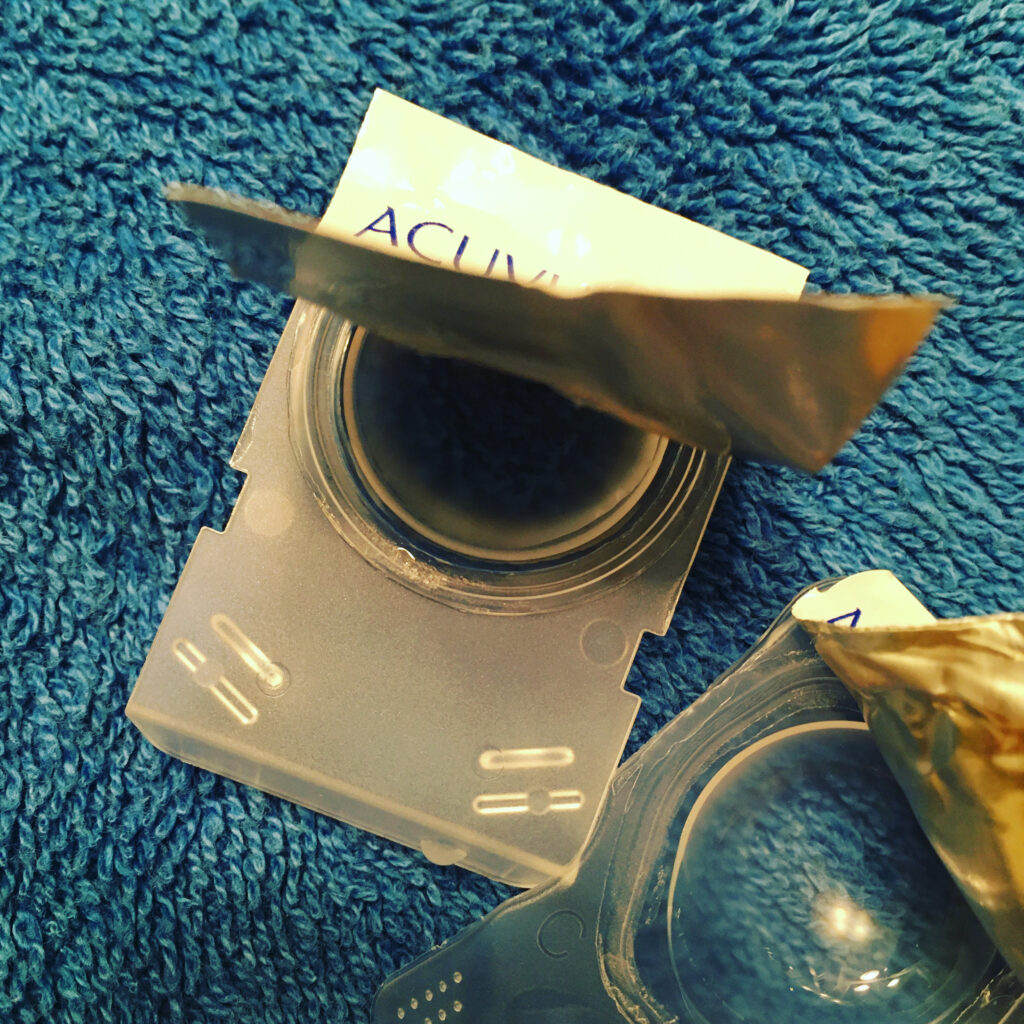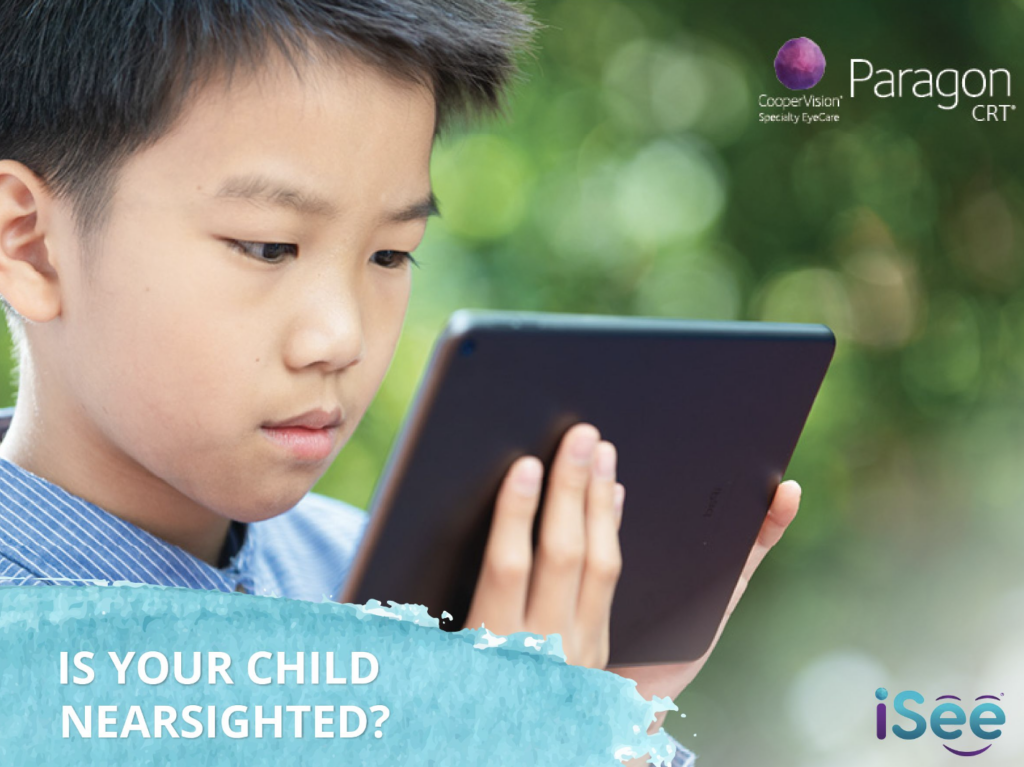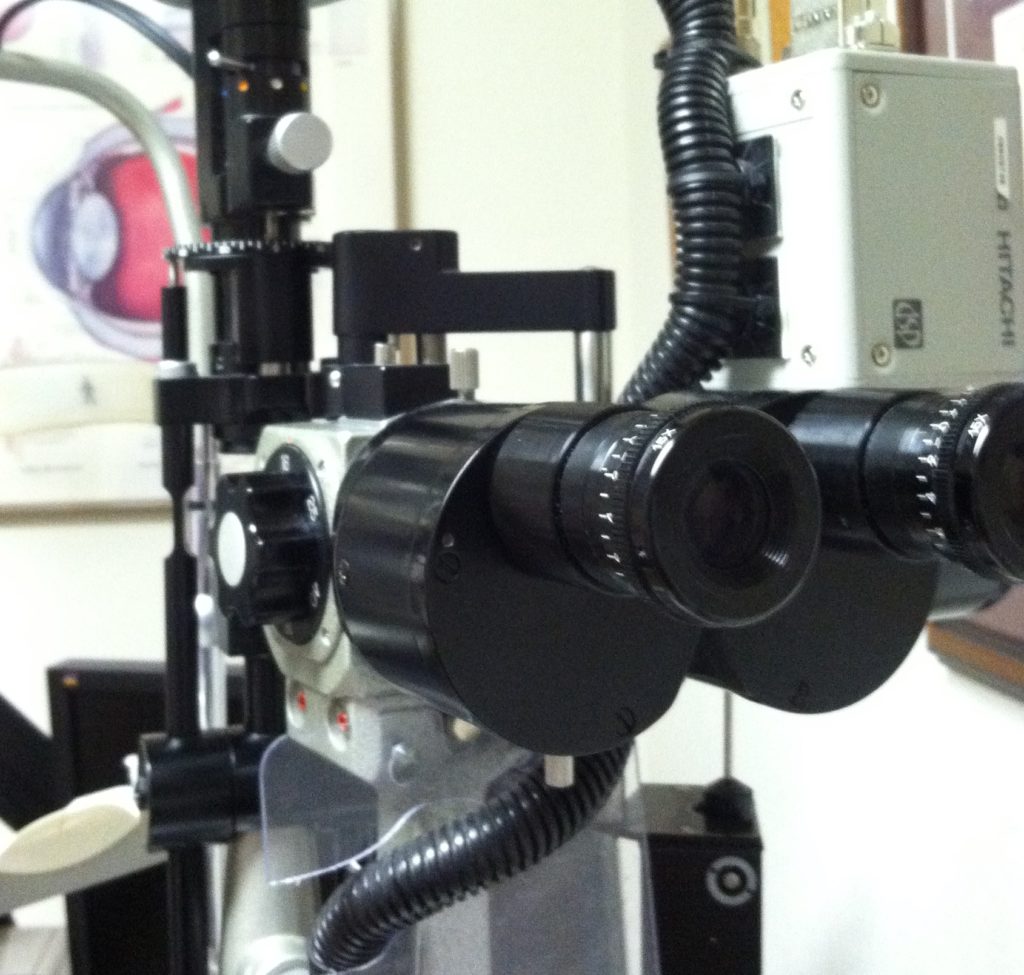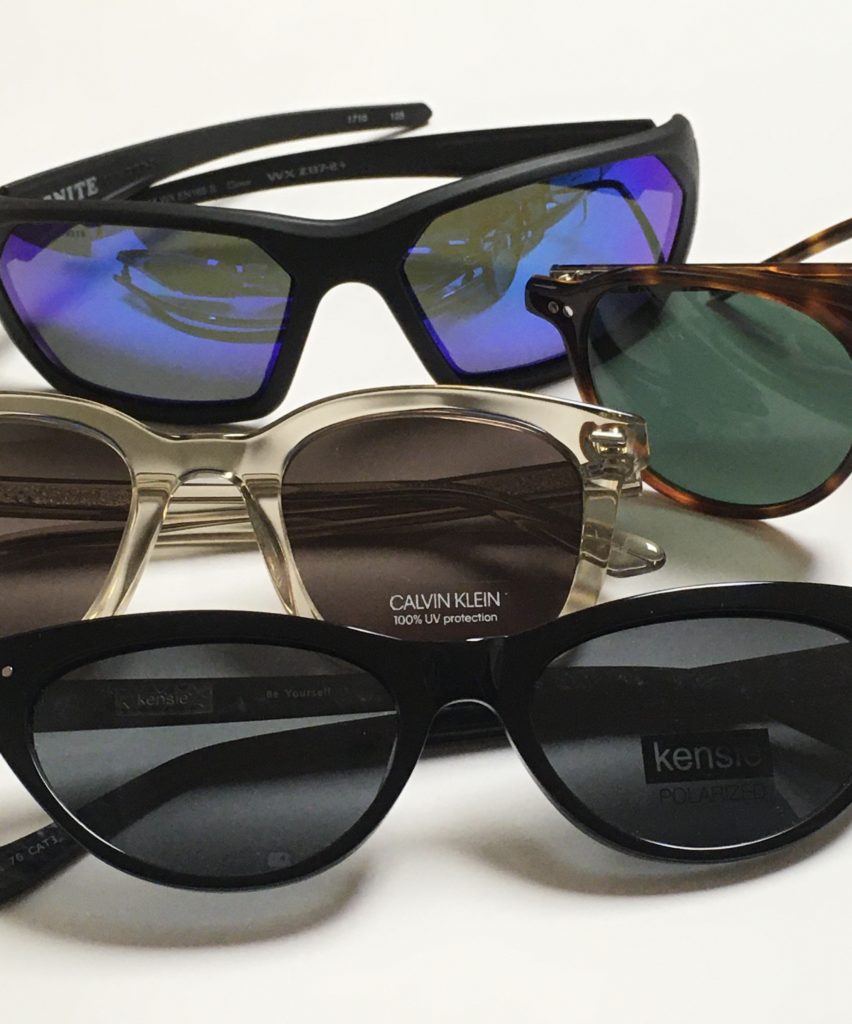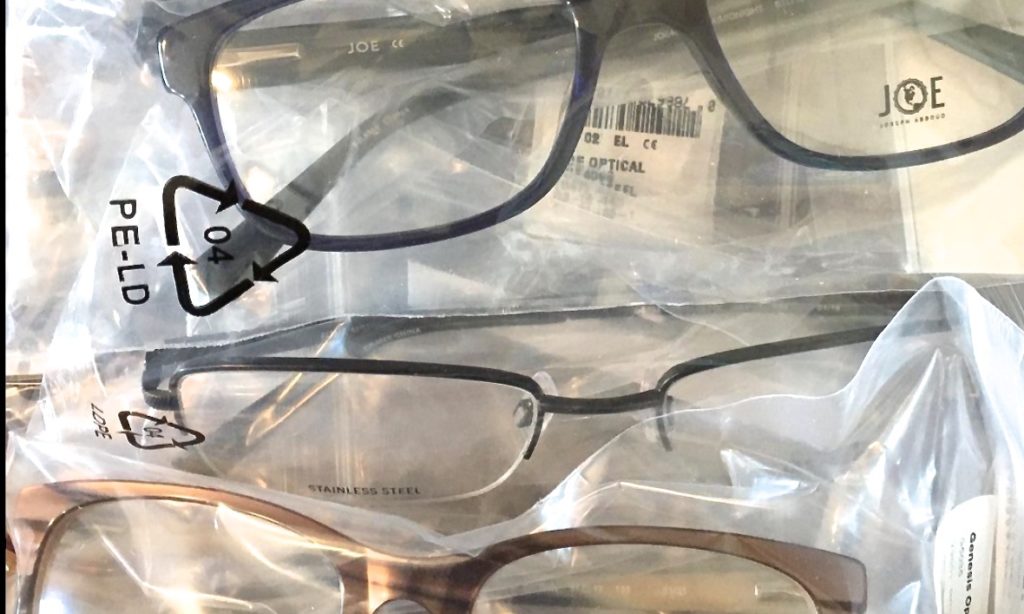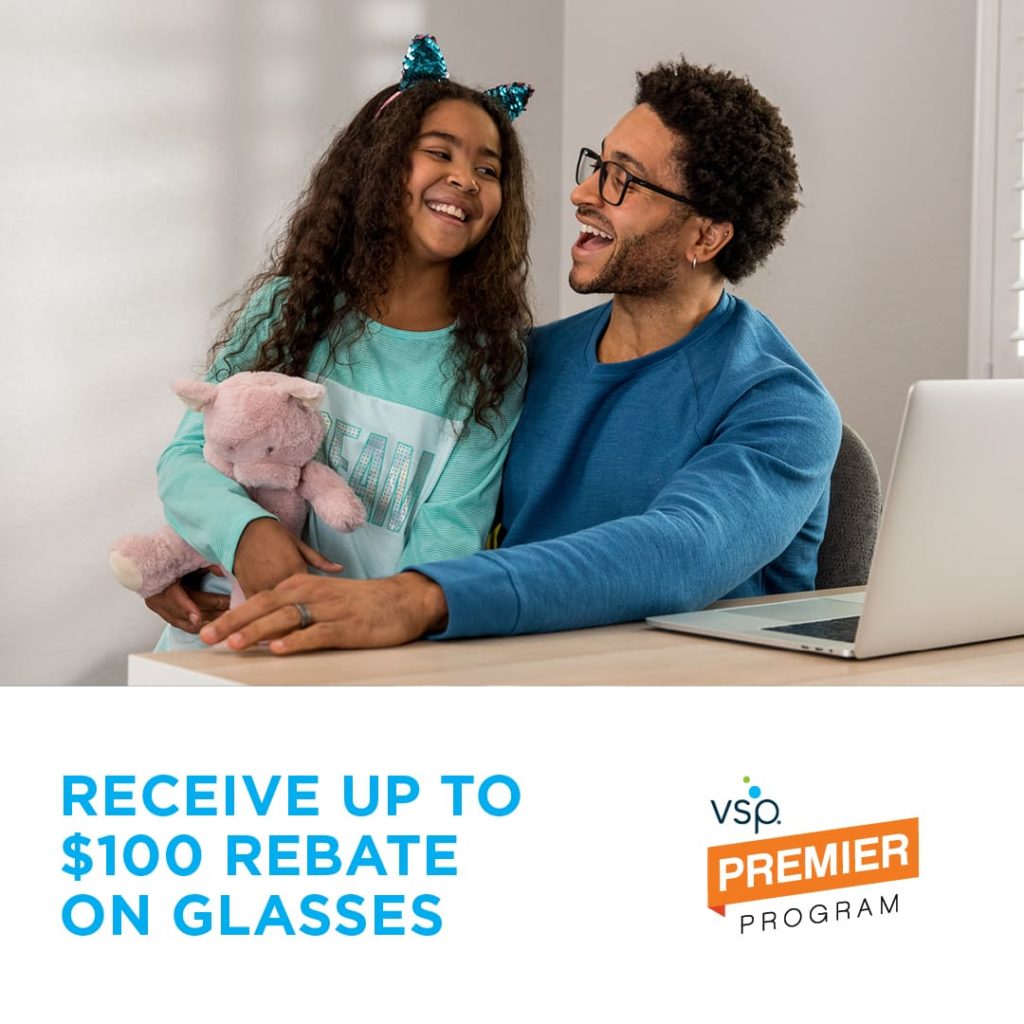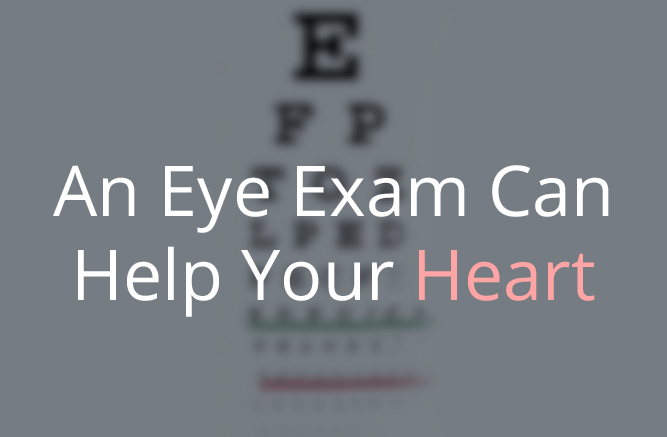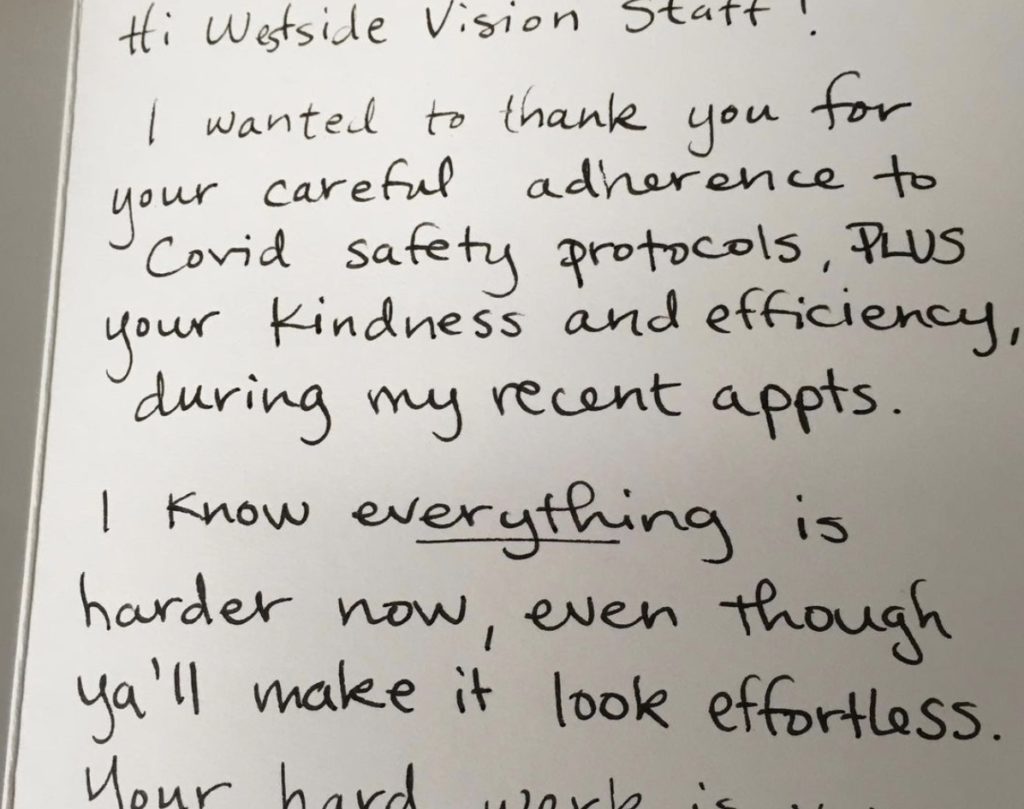
Daily Contact Lenses
Daily disposable contact lenses are recommended because they’re always sterile, reducing the risk of infection. And with daily contact lenses, there’s no need to worry about allergens or proteins building up on the lenses.
Read MoreIs your child nearsighted?
Many children have a condition called myopia, whose primary symptom is nearsightedness. The eyes of children with myopia become longer over time, which causes distant objects to appear blurry. If it’s not addressed, myopia often worsens as children get older. Whether or not children complain of not being able to see objects in the distance…
Read MoreThorough Exams
Our routine full visual exams look at all areas of eye health and vision. In addition to structure, eye health and visual acuity (clarity of sight) at both distance and near, eye movement skills (tracking and other movement), binocularity (ability of the eyes to work together efficiently and comfortably) and accommodation (focusing flexibility) are assessed,…
Read MoreEye Protection
Wearing sunglasses that provide 100% UV protection is one of the easiest ways to reduce several eye health risks. UV rays are present year-round, and sun exposure can contribute to development of eye diseases later in life. Beware, darker lenses don’t automatically offer more protection; look for 100% UVA/UVB protection.
Read MoreWhat might neurolenses do for you?
This is how one patient recently answered after about a month and a half in neurolenses.
Read MoreVSP’s Perfect Pair Rebate expires 6/30/2021.
Read MoreItchy Eyes
If allergies are bothering your eyes, feel free to contact us for suggestions that may provide some relief. It’s the trees these days that are really bringing on the itchy! Grasses may be brining it soon too.
Read MoreHeart Awareness
Did you know that it’s possible to detect early signs of heart disease during your preventive eye exams? During your regular eye exam we can view small changes in the blood vessels in the back of the eye, which can indicate more serious systemic disease. Just as you need oxygen to breathe, so do your…
Read More